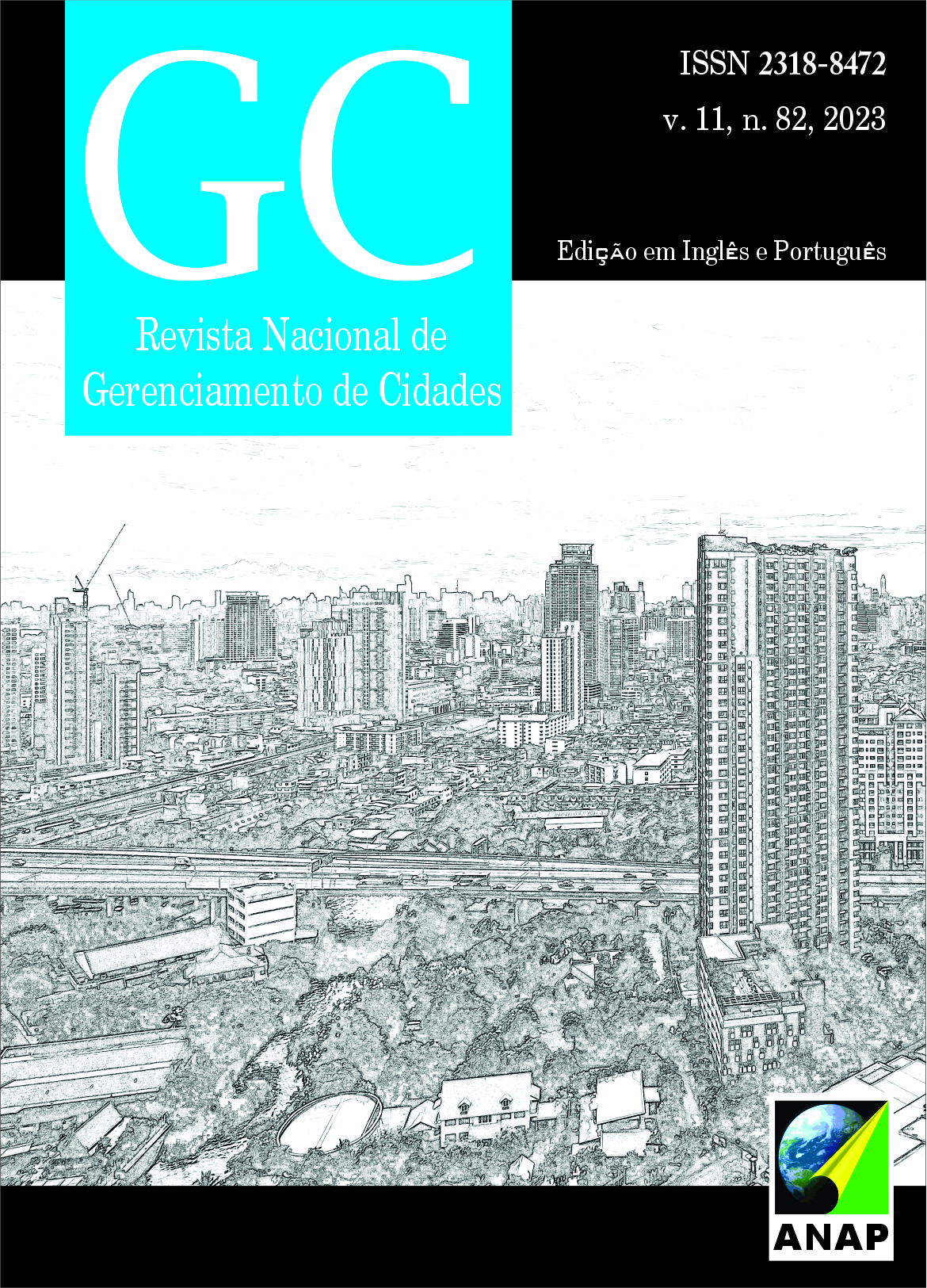A journey through pedestrian mobility and the sustainable city: discussing walkability
DOI:
https://doi.org/10.17271/23188472118220233659Palavras-chave:
Walkability. Pedestrian mobility. UrbanismResumo
The form of the built environment, walkability, and society are directly related, being points that influence not only mobility but several structural areas of a city, ranging from its social dynamics as well as the health of individuals, local and global politics, economy, comfort, safety, the identity of spaces, attractiveness and several other influencing factors. The perception of passers-by is influenced by several aspects, such as lighting, sense of safety, the width of sidewalks, attractiveness of facades and of the public space itself, as well as the potential of the space to promote social interaction, which is one of the essential focuses of contemporary urban planning. This research has the general objective of listing the essential factors when analyzing the walkability of spaces, discussing the aspects of the form of the built environment that favors walkability, thus expressing concepts, indexes, methods, and studies that enable and contextualize pedestrian mobility and its relationship with users, urban form and its potentials. As a methodological contribution, bibliographic review research was used, using studies already done in the thematic axes to systematize and generate the result that meets the objectives of the work. Therefore, a dynamic portrait was obtained concerning walkability and its multisystemic relations with the city, as well as applications in techniques and methods of urban studies.
Downloads
Publicado
Edição
Seção
Licença

Este trabalho está licenciado sob uma licença Creative Commons Attribution-NonCommercial-ShareAlike 4.0 International License.














